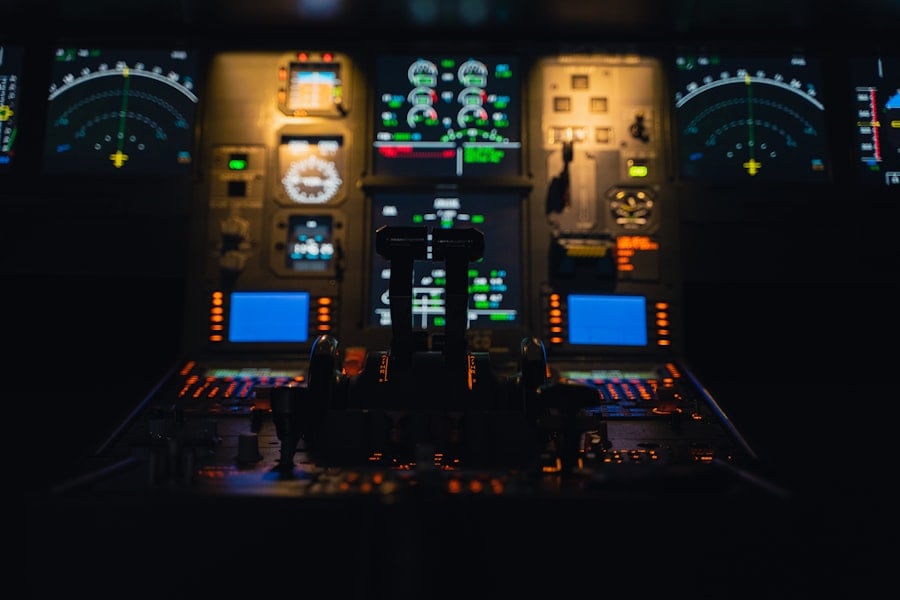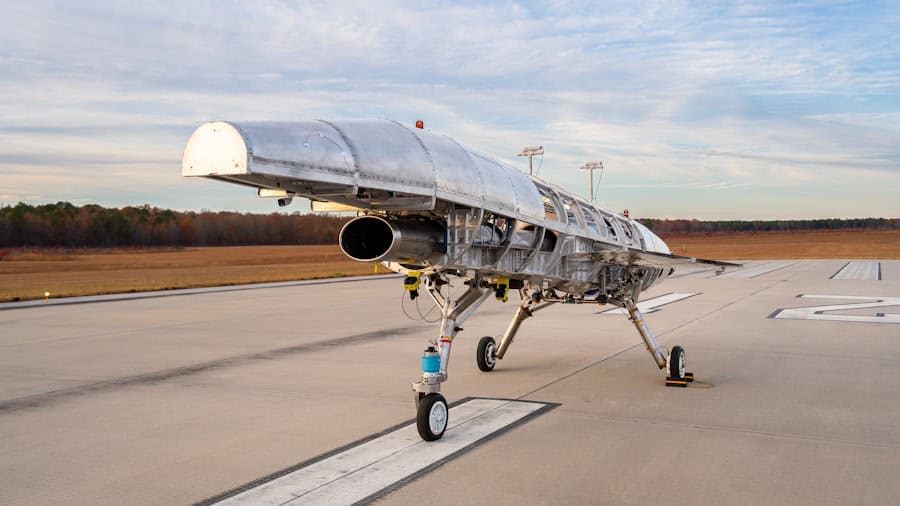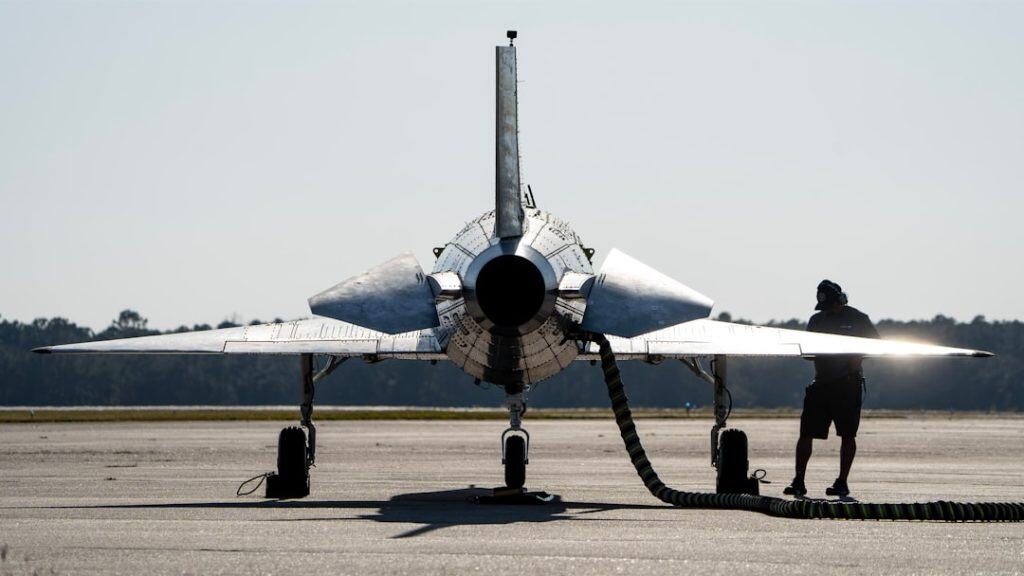Aircraft engineering is a multifaceted discipline that encompasses the design, development, testing, and maintenance of aircraft. This field combines principles from various branches of engineering, including mechanical, electrical, and materials engineering, to create safe and efficient flying machines. The evolution of aircraft engineering has been remarkable since the Wright brothers’ first powered flight in 1903.
Today, aircraft engineers are tasked with not only enhancing performance and safety but also addressing environmental concerns and integrating cutting-edge technologies. The complexity of aircraft systems requires a deep understanding of aerodynamics, propulsion, avionics, and structural integrity. Engineers must consider a myriad of factors, including weight distribution, fuel efficiency, and the effects of weather on flight performance.
As air travel continues to grow in popularity, the demand for skilled aircraft engineers has surged, making this field both challenging and rewarding. The integration of new technologies and materials has transformed traditional practices, leading to innovative designs that push the boundaries of what is possible in aviation.
Key Takeaways
- Aircraft engineering involves the design, development, and maintenance of aircraft and their systems.
- Advancements in aircraft design have led to improved aerodynamics, fuel efficiency, and passenger comfort.
- Innovations in aircraft materials have resulted in lighter, stronger, and more durable components, leading to enhanced performance and safety.
- Technology plays a crucial role in aircraft engineering, enabling advanced navigation systems, communication tools, and safety features.
- Sustainable aircraft engineering focuses on reducing environmental impact through fuel-efficient engines, lightweight materials, and alternative propulsion systems.
Advancements in Aircraft Design
The design of aircraft has undergone significant transformations over the decades, driven by advancements in technology and a deeper understanding of aerodynamics. Modern aircraft are designed using sophisticated computer-aided design (CAD) software that allows engineers to create detailed models and simulations before any physical prototypes are built. This approach not only accelerates the design process but also enhances accuracy, enabling engineers to predict how an aircraft will perform under various conditions.
One notable advancement in aircraft design is the shift towards more aerodynamic shapes that reduce drag and improve fuel efficiency. For instance, the introduction of blended wing-body designs has led to aircraft that can achieve higher lift-to-drag ratios compared to traditional tube-and-wing configurations. The Boeing 787 Dreamliner exemplifies this trend, featuring a sleek design that minimizes air resistance while maximizing passenger comfort.
Additionally, advancements in computational fluid dynamics (CFD) have allowed engineers to analyze airflow around aircraft more effectively, leading to designs that optimize performance and safety.
Innovations in Aircraft Materials

The materials used in aircraft construction have evolved dramatically over the years, significantly impacting performance, weight, and durability. Traditionally, aluminum was the primary material for aircraft structures due to its favorable strength-to-weight ratio. However, recent innovations have introduced composite materials, such as carbon fiber reinforced polymers (CFRP), which offer even greater strength while being considerably lighter.
The use of these advanced materials has enabled manufacturers to produce aircraft that are not only more fuel-efficient but also capable of withstanding harsher environmental conditions. For example, the Airbus A350 XWB incorporates approximately 53% composite materials in its structure, resulting in a significant reduction in weight compared to its predecessors. This reduction translates into lower fuel consumption and reduced greenhouse gas emissions.
Furthermore, the durability of composite materials means that maintenance costs can be lower over the lifespan of the aircraft. As research continues into new materials and manufacturing techniques, such as 3D printing, the potential for further innovations in aircraft construction remains vast.
The Role of Technology in Aircraft Engineering
| Technology | Impact |
|---|---|
| Computer-Aided Design (CAD) | Allows for precise and efficient aircraft design |
| Simulation Software | Enables testing of aircraft performance and safety without physical prototypes |
| Advanced Materials | Improves aircraft strength, durability, and fuel efficiency |
| Robotics | Assists in manufacturing and maintenance processes |
| Internet of Things (IoT) | Facilitates real-time monitoring and maintenance of aircraft systems |
Technology plays a pivotal role in modern aircraft engineering, influencing every aspect from design to maintenance. Advanced software tools enable engineers to simulate flight conditions and assess performance metrics before an aircraft is even built. These simulations can identify potential issues early in the design process, allowing for modifications that enhance safety and efficiency.
Moreover, technologies such as virtual reality (VR) and augmented reality (AR) are being increasingly utilized for training purposes, providing engineers and technicians with immersive experiences that enhance their understanding of complex systems. In addition to design and training applications, technology has revolutionized aircraft maintenance practices. Predictive maintenance systems leverage data analytics and machine learning algorithms to monitor aircraft components in real-time.
By analyzing data from sensors embedded within the aircraft, these systems can predict when a part is likely to fail or require servicing. This proactive approach not only reduces downtime but also enhances safety by ensuring that potential issues are addressed before they escalate into serious problems.
Sustainable Aircraft Engineering
As global awareness of climate change intensifies, sustainable practices in aircraft engineering have become a priority for manufacturers and regulatory bodies alike. The aviation industry is responsible for a significant portion of global carbon emissions, prompting engineers to explore ways to reduce the environmental impact of air travel. One approach involves developing more fuel-efficient engines that consume less fuel per passenger mile traveled.
Innovations such as geared turbofan engines have demonstrated substantial improvements in fuel efficiency while maintaining performance standards. Another avenue for sustainability is the exploration of alternative fuels. Sustainable aviation fuels (SAFs), derived from renewable sources such as plant oils or waste materials, have gained traction as a viable option for reducing carbon emissions from aviation.
Airlines are increasingly investing in research and partnerships to develop SAFs that can be used in existing engines without requiring significant modifications. Furthermore, electric and hybrid propulsion systems are being researched as potential solutions for short-haul flights, offering the promise of zero-emission travel.
Future Challenges and Opportunities in Aircraft Engineering

The future of aircraft engineering is rife with challenges and opportunities that will shape the industry for years to come. One significant challenge is the need to balance increasing air traffic demand with environmental sustainability. As more people take to the skies, engineers must find ways to enhance capacity without exacerbating emissions or noise pollution.
This may involve developing new air traffic management systems that optimize flight paths or creating more efficient airport designs that minimize delays. Additionally, regulatory frameworks will need to evolve alongside technological advancements. As new materials and propulsion systems are introduced, regulatory bodies must ensure that safety standards keep pace with innovation.
This dynamic environment presents opportunities for engineers to engage with policymakers and contribute to shaping regulations that promote safety while fostering innovation.
The Impact of Artificial Intelligence on Aircraft Engineering
Artificial intelligence (AI) is poised to revolutionize various aspects of aircraft engineering by enhancing decision-making processes and automating routine tasks. In design phases, AI algorithms can analyze vast datasets to identify optimal configurations for aircraft structures or systems based on performance criteria. This capability allows engineers to explore a broader range of design possibilities than would be feasible through traditional methods.
Moreover, AI’s role extends into operational efficiency as well. In-flight systems can utilize AI to optimize fuel consumption by adjusting flight paths based on real-time weather data or air traffic conditions. Maintenance operations can also benefit from AI-driven predictive analytics that enhance the accuracy of maintenance schedules and reduce costs associated with unscheduled repairs.
As AI technology continues to advance, its integration into aircraft engineering will likely lead to safer and more efficient aviation practices.
The Future of Aircraft Propulsion Systems
The future of aircraft propulsion systems is on the brink of transformation as engineers explore innovative technologies aimed at improving efficiency and reducing environmental impact. Traditional jet engines are being scrutinized for their carbon emissions, prompting research into alternative propulsion methods such as electric engines and hybrid systems. Electric propulsion offers the potential for zero-emission flights over short distances, making it an attractive option for regional travel.
Furthermore, advancements in hydrogen fuel cell technology present another promising avenue for sustainable aviation. Hydrogen-powered aircraft could operate with minimal environmental impact if produced using renewable energy sources. Companies like ZeroAvia are already testing hydrogen fuel cell systems in small aircraft, demonstrating the feasibility of this technology for future commercial applications.
As research continues into these emerging propulsion systems, collaboration between aerospace manufacturers, governments, and research institutions will be crucial in overcoming technical challenges and establishing infrastructure for widespread adoption. The future landscape of aircraft propulsion promises not only enhanced performance but also a significant reduction in the aviation industry’s carbon footprint.


